Flowers are the narcissists of the garden, shouting from far above their lanky stems, or twining on high to get our attention: “Look at me, aren’t I beautiful!” And they are! We take in their self-loving beauty easily with the eyes. But why not experience that splendor in the mouth, feel a blossoms strange, pleated silk on the tongue. Birds do it, bees do it, why on earth shouldn’t we do it?
We’ve been tossing edible flowers into the salad mixes all season long at Stonegate no only for only for their loveliness (although here at fuss-pot farm, aesthetics are reason enough to do anything), but for taste and texture. The taste of most flowers subtly alludes to the flavor of the leaf, so the fragile inflorescence of arugula has a peppery bite, while the golden sprays of mustard flower are a three-alarm blaze of heat. Cucumber and squash blossoms are cool and mild and sweetly vegetal, and the blossoms of Asian greens have a deep mineral warmth.
When greens go to flower and seed, they usually give up their harvestable selves and get bitter, while fruiting vegetables move from flower to flesh. So blossoms are either a beginning or a post mortem in the vegetable garden; a wedding or a funeral. Flowers have been enjoyed in foods for thousands of years: Romans used to toss mallow, roses and violets into their pots; daylilies and chrysanthemums have been feasted on by the Chinese and Greeks for centuries. And capers, broccoli, and artichoke are all just unopened flower buds.
There are even flowers from the herbaceous border outside the walls of the vegetable garden that are fine to eat, including bee balm (Monarda didyma) garland chrysanthemum (Chrysanthemum coronarium) cowslips (Primula veris) day lilies (Hemerocallis spp.) English daisy (Bellis perennis) evening primrose (Oenothera biennis) fuchsia (Fuchsia arborescens) gardenia (Gardenia jasminoides) and hibiscus (Hibiscus rosa-sinensis). Forget the vase and get out the platter!
If you are a hapless sensualist, as I am, the more dimensional your experience of the natural world, the better. Why take something in with only one or two senses when they can all be indulged? More is more. There is something vaguely salacious and decadent about eating flowers, of course. But that has more to do with culture and metaphor than fact.
A flower in the mouth is unfamiliar; without the usual crunch of leaf or vegetable, it takes a moment for the tongue’s rough, exploratory curiosity to figure it out. But once you’ve a binged on a bouquet or two over the course of a season, as we do, the exotic mouth-feel is a gift.
Photography by Matthew Benson Foto
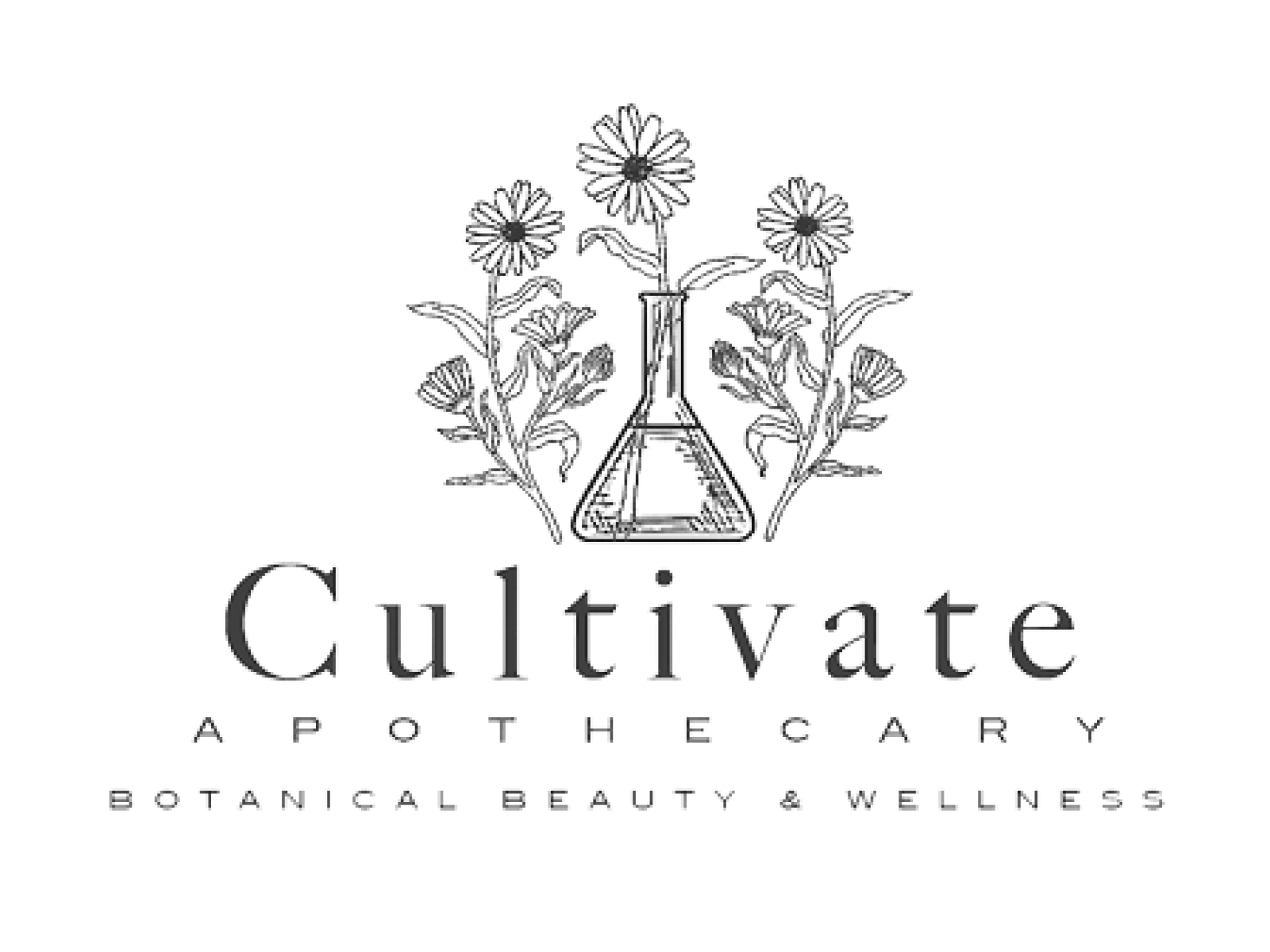
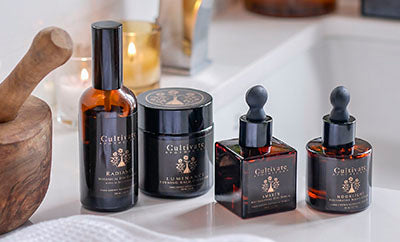

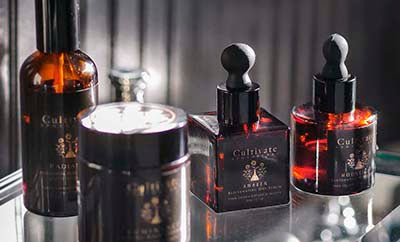
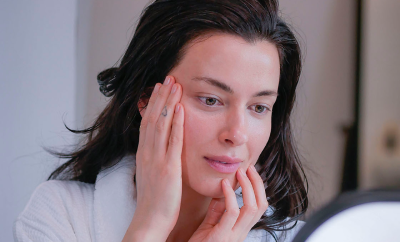

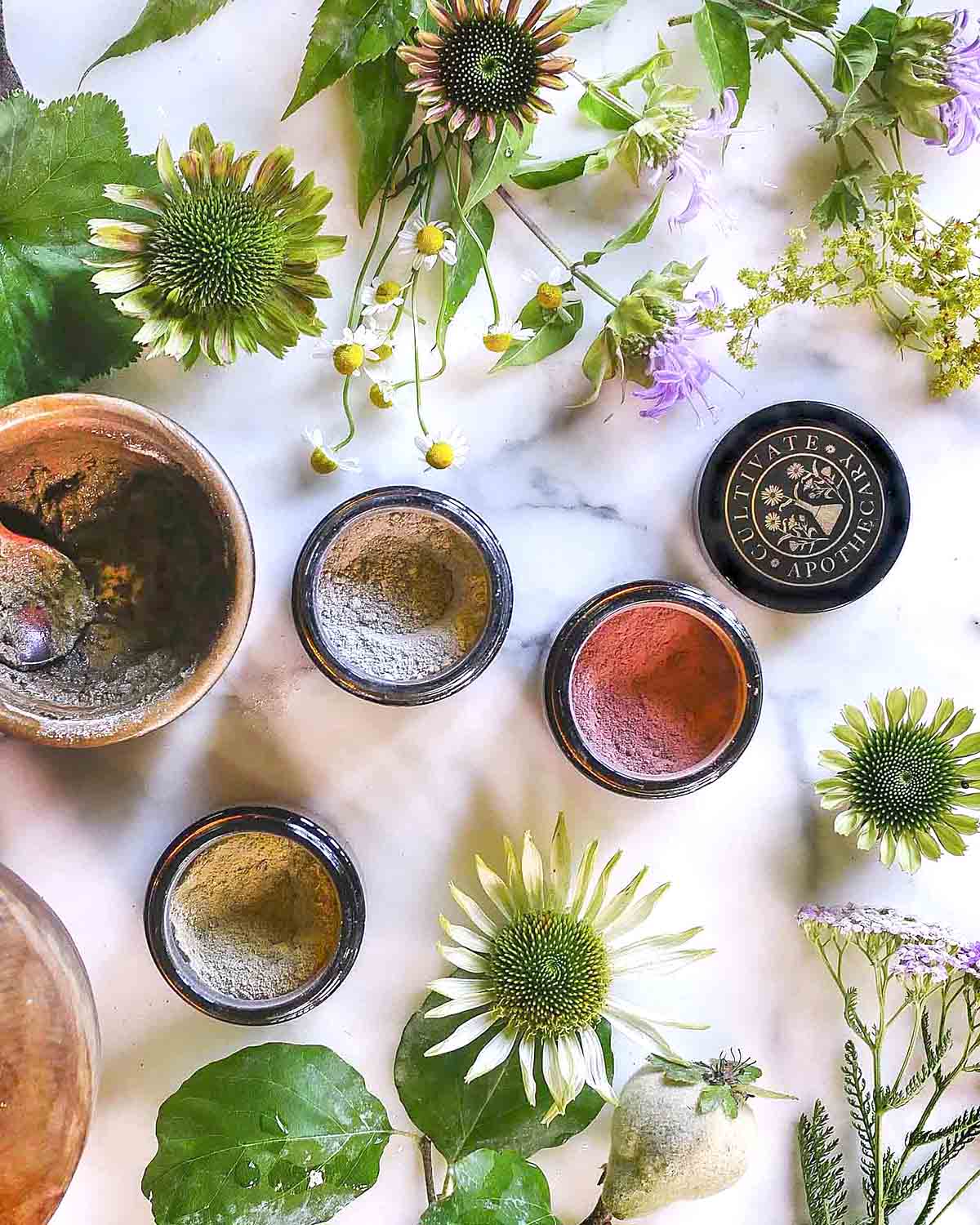
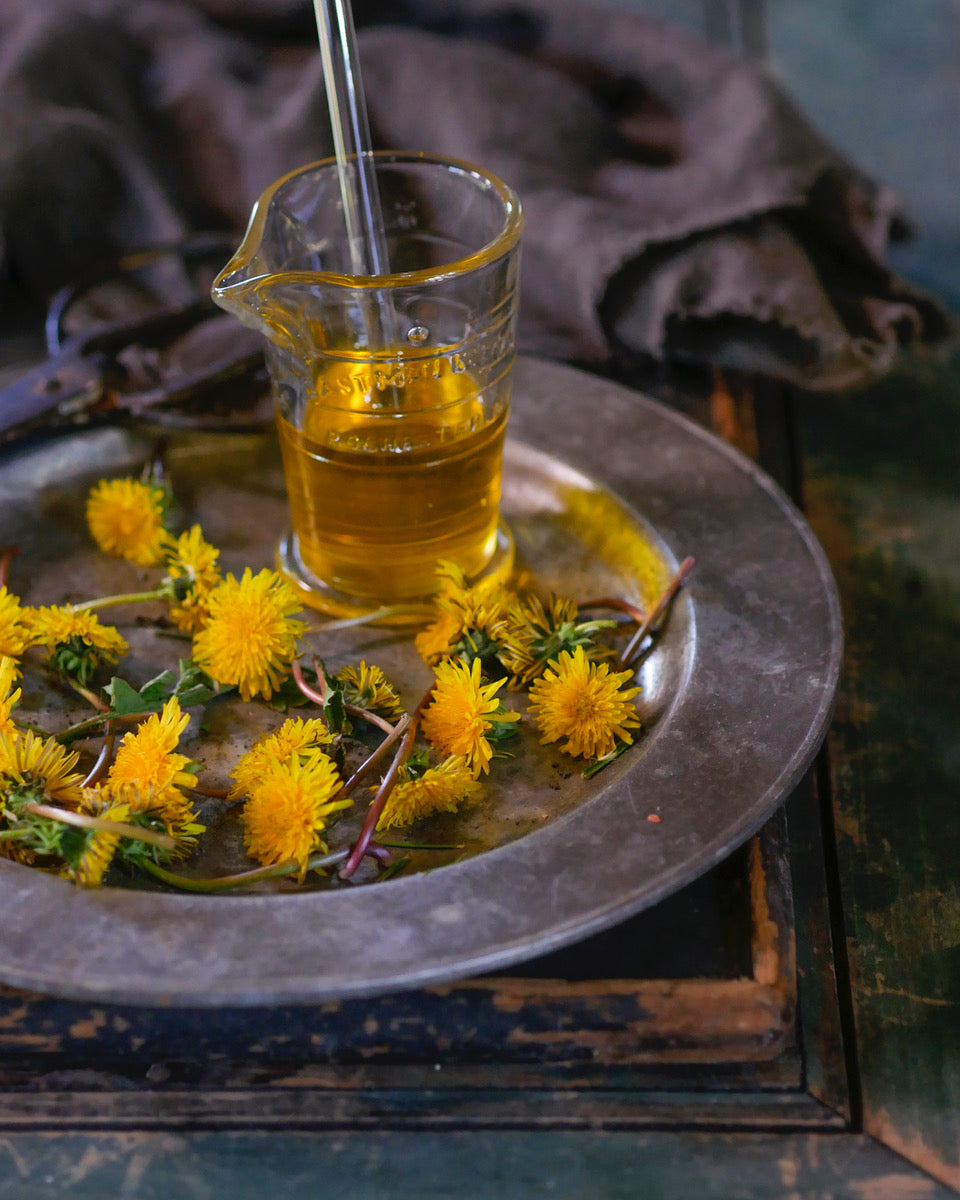
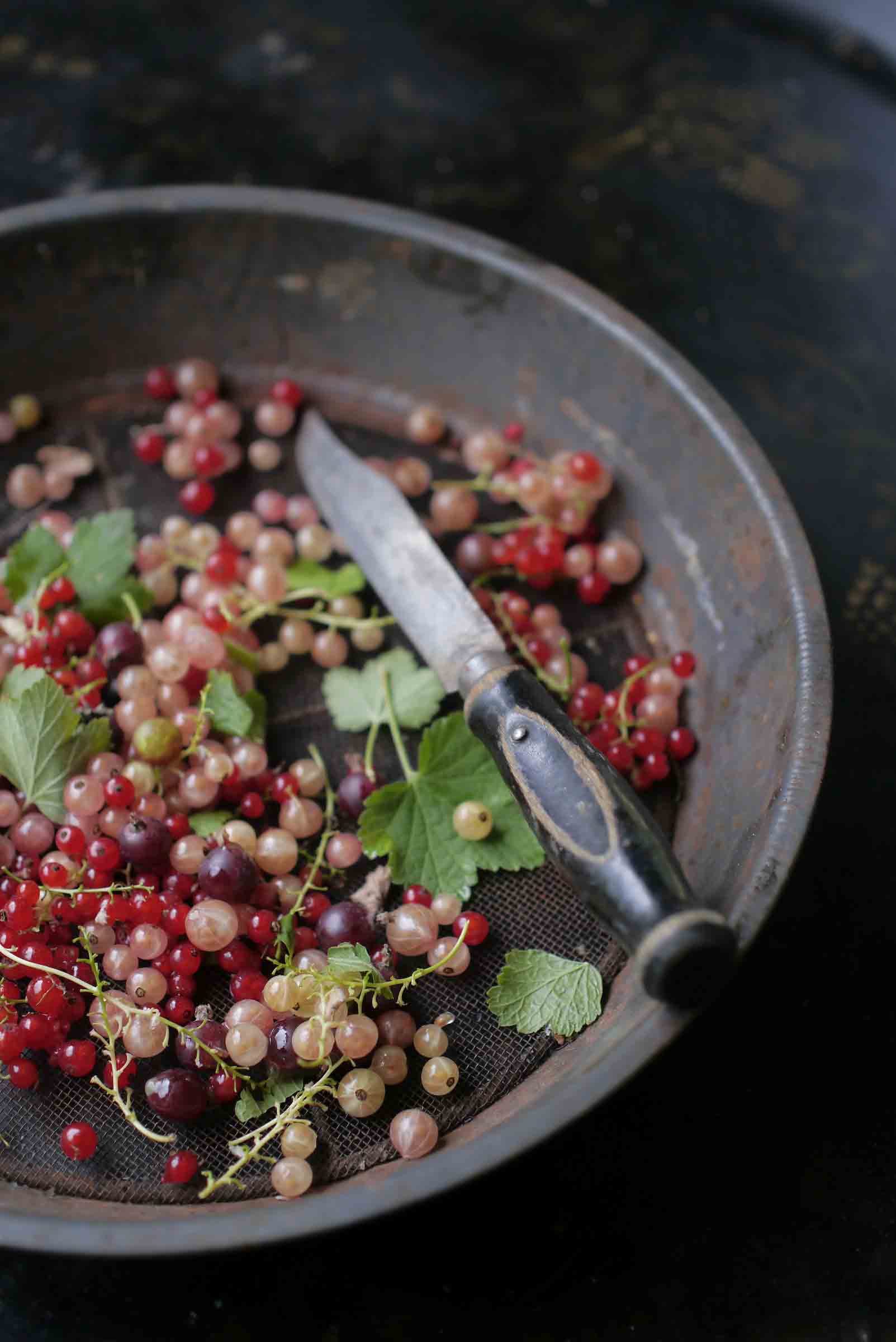
Leave a comment